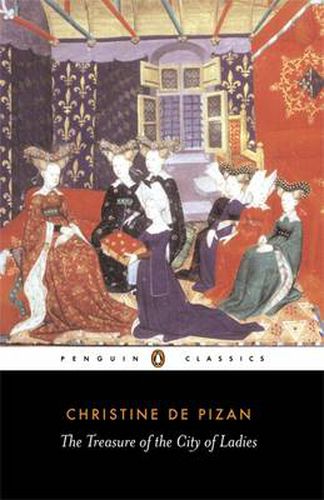Readings Newsletter
Become a Readings Member to make your shopping experience even easier.
Sign in or sign up for free!
You’re not far away from qualifying for FREE standard shipping within Australia
You’ve qualified for FREE standard shipping within Australia
The cart is loading…






‘If she wants to win, she must adopt a man’s heart (in other words, constant, strong and wise) to consider and to pursue the best course of action’ Written by Europe’s first professional woman writer, The Treasure of the City of Ladies offers advice and guidance to women of all ages and from all levels of medieval society, from royal courtiers to prostitutes. It paints an intricate picture of daily life in the courts and streets of fifteenth-century France and gives a fascinating glimpse into the practical considerations of running a household, maintaining a reputation, dressing appropriately and behaving well in all circumstances. Christine de Pizan’s book provides a valuable counterbalance to male accounts of life in the Middle Ages and demonstrates, often with dry humour, how women’s position in society could be made less precarious by following the correct etiquette.
$9.00 standard shipping within Australia
FREE standard shipping within Australia for orders over $100.00
Express & International shipping calculated at checkout
‘If she wants to win, she must adopt a man’s heart (in other words, constant, strong and wise) to consider and to pursue the best course of action’ Written by Europe’s first professional woman writer, The Treasure of the City of Ladies offers advice and guidance to women of all ages and from all levels of medieval society, from royal courtiers to prostitutes. It paints an intricate picture of daily life in the courts and streets of fifteenth-century France and gives a fascinating glimpse into the practical considerations of running a household, maintaining a reputation, dressing appropriately and behaving well in all circumstances. Christine de Pizan’s book provides a valuable counterbalance to male accounts of life in the Middle Ages and demonstrates, often with dry humour, how women’s position in society could be made less precarious by following the correct etiquette.